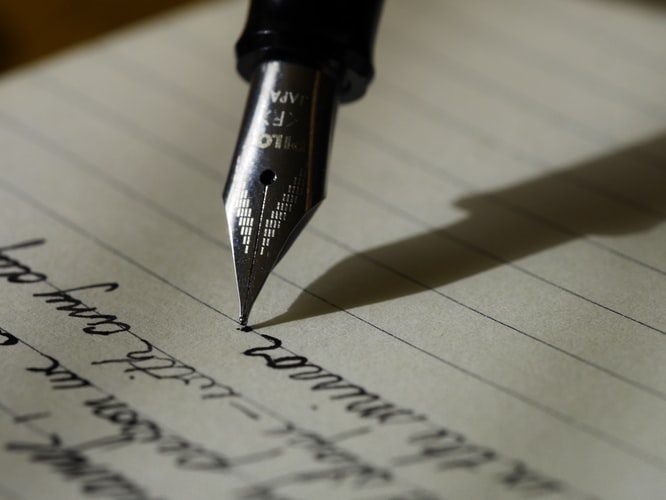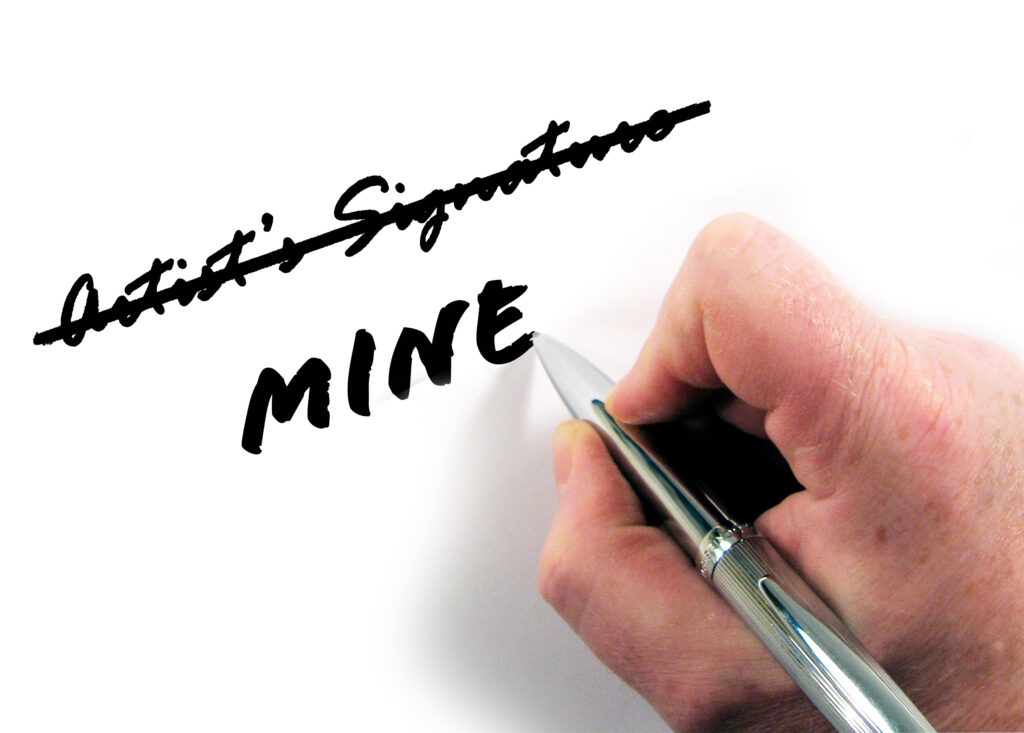
Studying at college or university is one hell of trouble, let’s be honest. All-nighters, lack of sleep, and energy always trying to meet the deadlines. Still, it’s not enough to get a good mark.
With the rising demand for custom papers, and new essay-mills appearing every day, institutions have been investing their money into plagiarism-software to stop any dishonest academic behavior. While turning to essay service for help still remains a subject of many ethical discussions, we are here to discuss another matter. Particularly, how to avoid plagiarism in your writing.
What is Plagiarism?

Let’s get down to the essentials first. By Merriam-Webster’s online definition, plagiarism involves stealing someone’s ideas and passing them off as your own; using someone’s ideas without crediting the source; and claiming the idea to be new and original while it’s already been acquired from another source.
Why Should One Stay Away from Plagiarism?

We’re living in the era of an ever-changing digital environment, with new ideas appearing every single second, and it has never been more difficult to protect intellectual rights. So, from the ethical point of view plagiarism might be regarded as a crime, theft in particular.
What is more, aside from ethical issues, plagiarized work may cost you a lower mark, dropping out of course, and losing respect from your tutors.
5 Tips to Avoid Plagiarism in Your Paper
Here are 5 tips that will help you stay clear of unintentional plagiarism.
1. Write from Scratch

To begin with, you might want to consider writing from scratch. As this is the only way to keep your paper original. We are aware of the fact that many students think their ideas aren’t enough and end up submitting a paper full of quotations. So let’s make it clear, it’s ok to get inspired by other researchers. There is nothing wrong with quoting other works that make an impact on your investigation. However, it’s not ok to omit any of your personal ideas, conclusions, and personal analysis. According to mypaper com to craft good papers you’ll need to find your voice, be brave enough to present your ideas, and conduct your own examination of a topic. Even if you examine the existing theory at a different angle, it’s already original research.
2. Learn How to Quote and Paraphrase

If you want to include other researchers’ ideas in your assignment you can either quote them or paraphrase their ideas. While quoting seems to be more simple, all you need to do is use quotation marks and cite the source, paraphrasing can get tricky. The key thing to do is to use different words and a different style, but without losing the original idea. A good online helper for paraphrasing is a website Powerthesaurus.
You insert a word or a collocation you need to find synonyms for, and this tool offers you a number of solutions. However, despite paraphrasing someone’s ideas, they’re still not yours. That is why, it’s obligatory to reference the source, anyway. And this will be our next tip on how to use citations properly.
3. Use Appropriate Citations Formatting

So, the bad news is that different institutions have different formatting styles like APA, MLA, Chicago, etc. These formatting styles in turn influence the way one should quote sources and organize references. For this reason, it’s essential you find out what formatting style is required by your institution, and then scrupulously examine the instructions. All these commas, dashes, round and square brackets – these things matter. But the good news is once you’ve scrutinized all the requirements, you’ll have no trouble.
However, in case you feel you’re already suffering from a headache just thinking of these requirements, you can always write your paper and then ask for professional proofreading and editing that may include polishing your references and citations page.
4. Check Your Paper with Anti-Plagiarism Software

Another vital advice to follow is checking your assignment with plagiarism software. You can find various tools online, both free and paid. These tools work pretty simply. All you have to do is to copy your text and paste it into a checker. Then a program will examine your content, using its peculiar algorithms. If it detects any plagiarism issues, it will highlight the sentences and show you the sources that you might have plagiarized. Some of the most popular checkers among students and professional copywriters these days are Grammarly, Scibrr, and Quetext.
Nick Graham, former Turnitin employee and content editor at LegitWritingServices adds the following: “Free checkers offer more poor analysis, as their database isn’t as large as those of paid software including academic journals and papers. What is more, use proven checkers, so that no scammers will steal your work.”
5. Feel Free to Ask Your Teacher for Help

The last advice may seem so obvious, but unfortunately few students follow it. Don’t hesitate to ask your tutor for advice. Your professor is the one who will be checking your assignment. For this reason, they are best aware of all the requirements that must be met. Whether you have trouble remembering what formatting style you need to use, or how to quote some Internet source, you may turn to your teacher for help.
Conclusion
So let’s quickly summarize the key points to avoid plagiarism in your assignment. Remember that you need to write your paper from scratch, otherwise no tool will help you track your professor. Don’t underestimate the importance of formalities such as formatting requirements. If you’re quoting or paraphrasing someone’s work, it should be done properly in accordance with all the academic instructions. This is just the way academic papers work. Finally, always proofread your paper and check it with plagiarism tools to detect any possible plagiarism issues beforehand, so that you’ll have time to correct it. And now you probably have a paper to write, don’t you? Wish you good luck!








